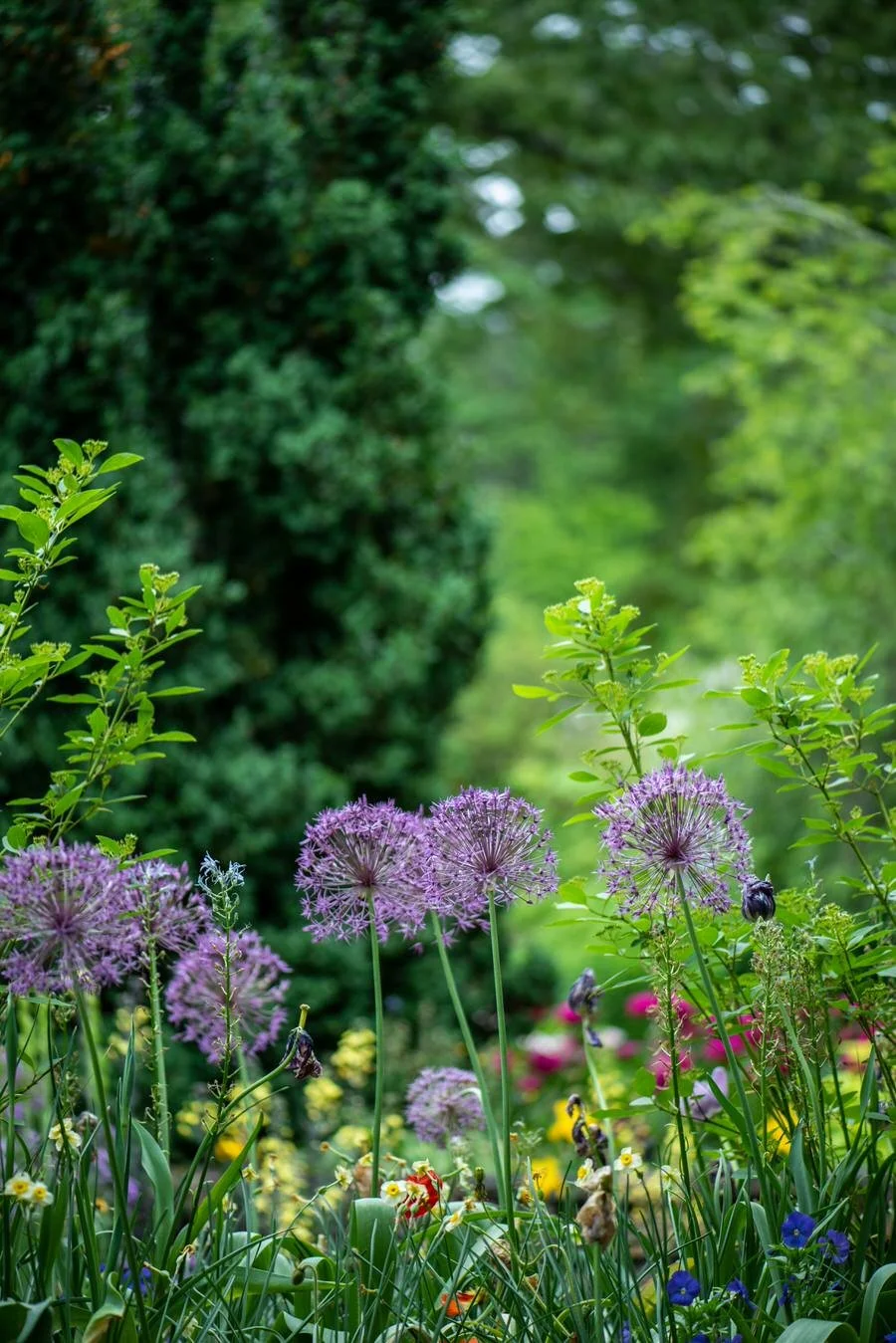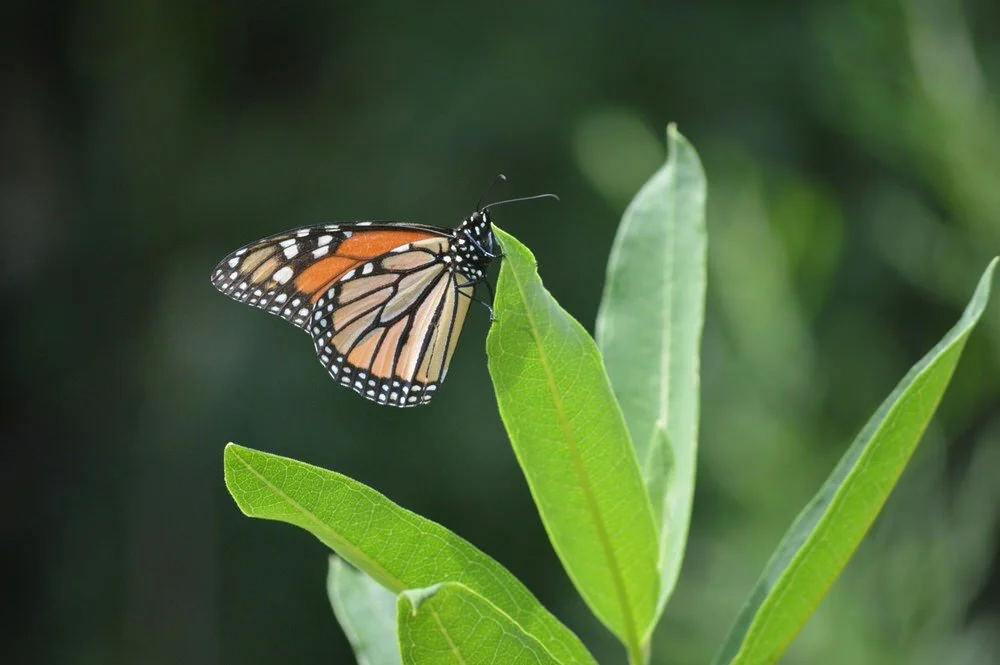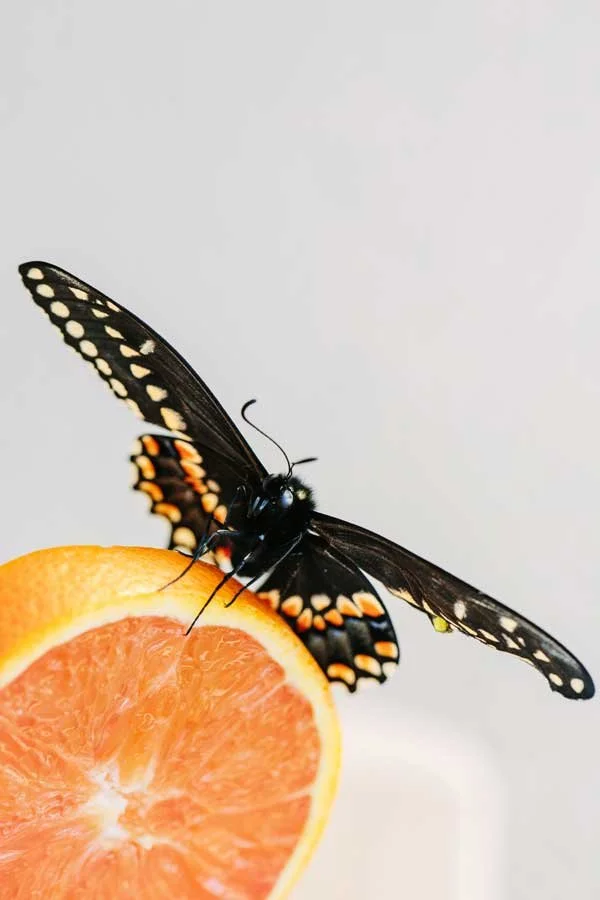gardening made accessible
A breakdown of our guide:
Chapter 1: The First Steps of Gardening
Space
Soil Layers
Best Times to Start
Seeds, Cuttings, or Fully Grown Plants?
Chapter 2: Planting for Pollinators
Who Lives in the Area?
Nectar Plants vs. Host Plants
Pet-friendly Plants
Perennials vs. Annuals
Chapter 3: Pollinator Garden Maintenance
Preparing for Winter
Watering
How to Tell What Your Plant Needs
Nutrients
Pruning
There are almost no remaining safe places for pollinators, and every year, fewer bees came back. I’ve come across others who’ve watched the same issue and wanted to plant pollinator gardens of their own, but didn’t know where to begin. This project is meant to teach both the very basics of gardening and the best ways to plan your pollinator habitat, no matter your space, location, or budget.
In the suburbs, almost every house has a grass lawn and a little flag on it saying that pesticides are being used.
The origins ❊
This project started in 2020 when I was 11 years old. I had a lot of free time, and I noticed that the landscapers used a lot of RoundUp on the neighborhood plants. I had just become a Girl Scout the year before, so I had learned how to do service projects. I started Life of a Pollinator to teach people how to protect their local bees.
“As a virtual event planner, I helped develop our Butterfly Garden sustainability classes, which were inspired by Isabella’s thoughtful research. Her diligent work led to a hands-on Earth Day campaign that resonated with clients seeking meaningful and impactful team experiences. We were so impressed by the quality of her research at such a young age and are grateful for her contribution, which helped launch a successful and profitable campaign we’ve proudly continued since 2022.”
— Ariana Colamarco, KraftyLab
Contact Us
If you want to reach out with any questions or comments, please feel free to reach out!


